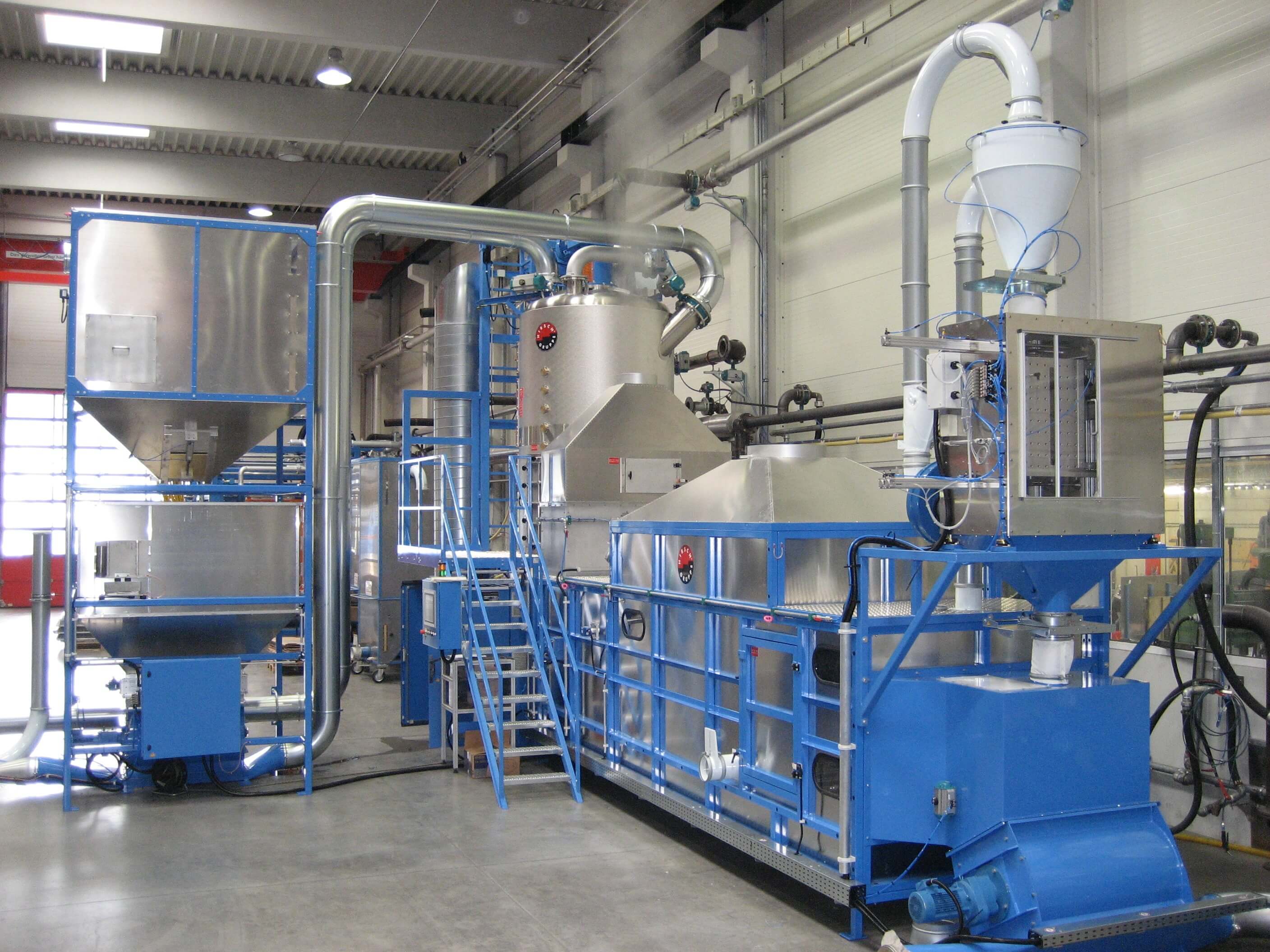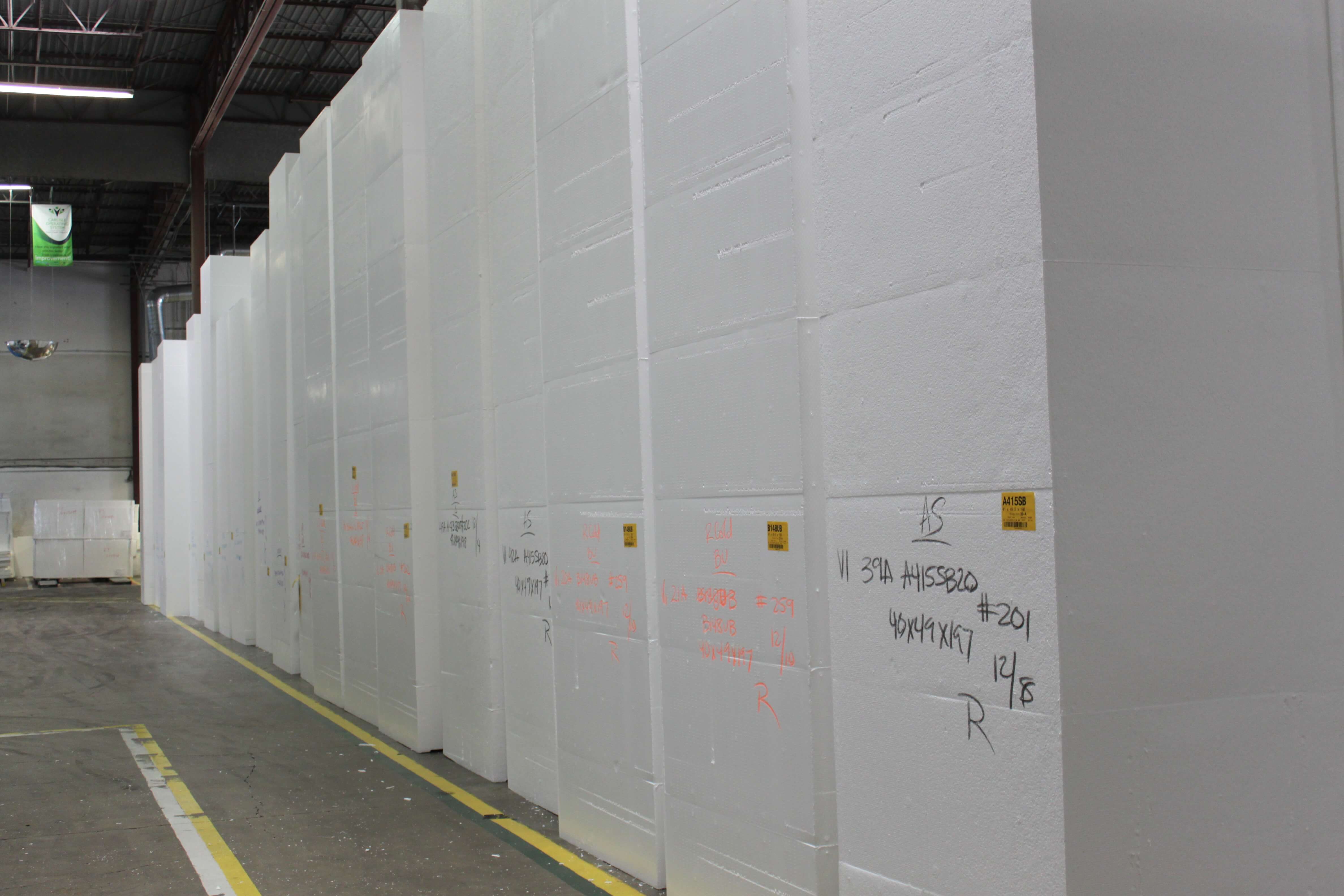The primary raw material used for manufacturing EPS Geofoam is called a polystyrene polymer. Expanded polystyrene (EPS) Geofoam has been used as a geotechnical material since the 1960s. EPS Geofoam is approximately 1% the weight of soil and less than 10% the weight of other lightweight fill alternatives.
EPS Geofoam is manufactured in various unit weights that typically range from about 0.7 to 2.85 pounds per cubic foot (11.2 to 45.7 kilograms per cubic meter). As a result, they impart small dead load or stress to underlying soils, structures and utilities. This is especially advantageous where the underlying structure is poorly suited to support additional loading.
When used as a lightweight construction fill material EPS Geofoam can be significantly reduced by excavating and replacing native soils, which commonly weigh about 100 pounds per cubic foot (1,602 kilograms per cubic meter), with EPS Geofoam. This can eliminate the need for specialized foundations or site preloading to reduce settlement and improve bearing capacity. EPS Geofoam is available in a range of compressive resistances.
A project designer can choose the specific type of EPS required to support the design loading while minimizing cost. EPS Geofoam design loads are recommended to not exceed the compressive resistance at 1% capacity. This limit controls the amount of long-term deflection, or creep, resulting from permanent sustained loads.
Please refer to the Technical Section for specific physical characteristics of EPS and the associated ASTM, ICC and other reports on the product. Also please refer to ASTM D6817 for comparable properties between EPS (expanded polystyrene) and the XPS (extruded polystyrene) product.


